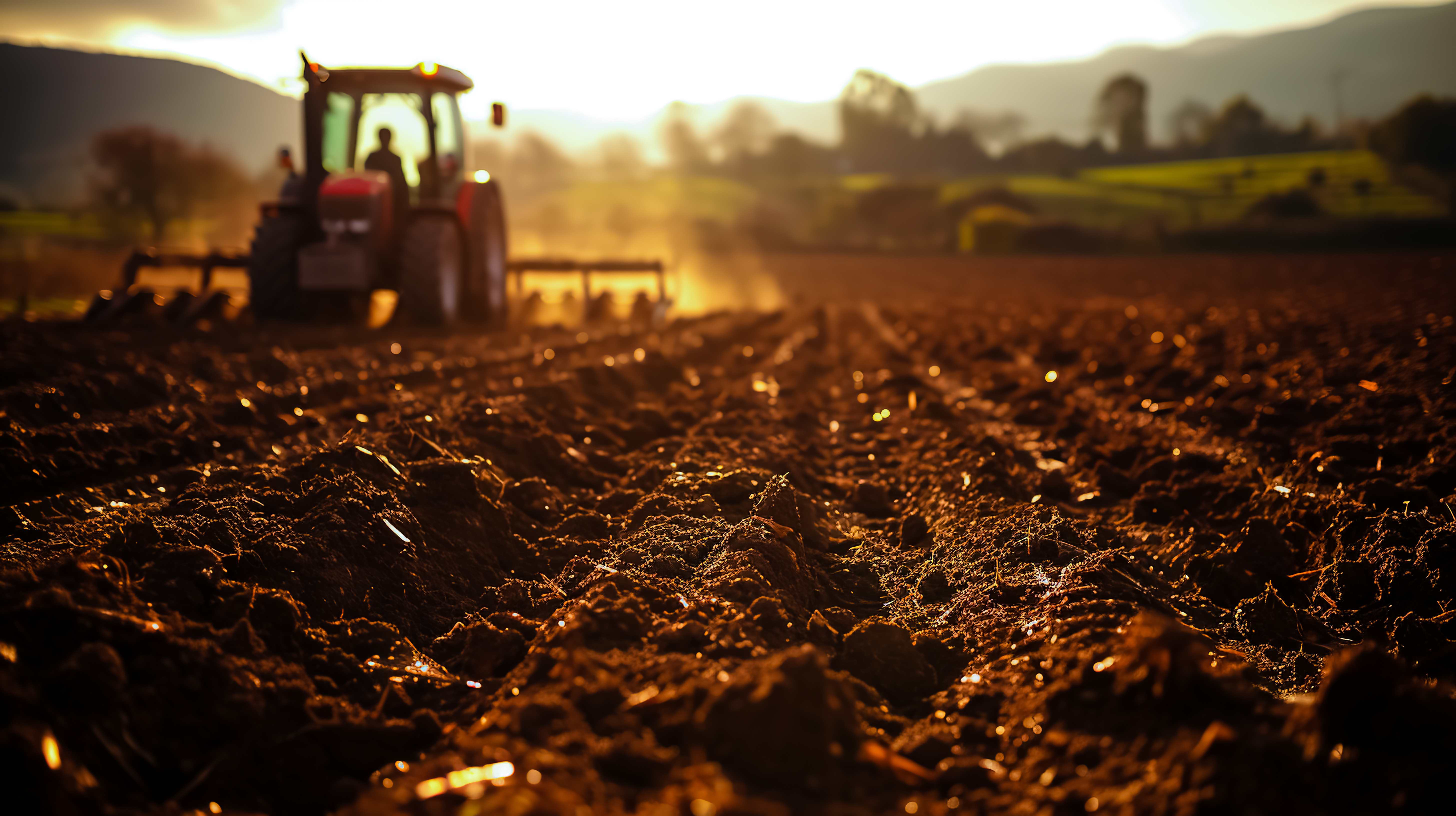Looking to optimise your fieldwork and achieve flawless results? Plowing with Isobus technology and automatic guidance is the solution you’ve been searching for. With 4.0 plows, you can minimise overlap errors and ensure a consistent, high-quality till across the entire width of your field. In today’s article, we’ll explore how these cutting-edge tools can revolutionise your farming and help you choose the right plow to get the most out of your operations.
It might sound contradictory, but smart plows are helping keep traditional plowing alive. While conservation tillage, semi-conservation methods, and no-till seeding are gaining popularity, longstanding plow manufacturers continue to develop more advanced mounted and semi-mounted plows. Achieving plowing 4.0, however, has required a major technological push to improve what has long been a time-honoured technique. Technology has become an essential part of agriculture, even in soil preparation. Terms like variable-rate seeding, satellite-controlled section management, and data-driven crop mapping are now common in farming. It’s easy to see why more complex operations that directly impact the success of a harvest benefit from data-backed management. But when it comes to plowing, a seemingly straightforward task, what needed to change?
.jpg)
For years now, plowing has been revolutionised by automatic guidance systems. Satellite control enables perfectly straight furrows and minimises overlap, optimizing the full width of the plow. Yet, up until now, all this technology has been contained within the tractor, which uses receiver antennas and automatic or assisted steering systems.
In the past, plows were simple steel implements with hydraulic cylinders for flipping and adjusting the working width. Today, however, they’re equipped with electronic circuits and control units. Isobus connectivity, the most advanced communication system between different types of farming equipment, has become standard in the latest-generation plows. From the tractor’s monitor, you can manage everything from oil flow and speed to depth and precise plowing adjustments. But this raises a valid question: is all this technology necessary for a plow?
After all, a plow’s main function is simply to turn over the soil. There are no seeds to plant, pesticides to spray, or fertilisers to measure. And yet, many manufacturers have already developed Isobus-compatible plows, and it’s clear that even more advanced models, likely incorporating AI, are on the horizon.
.jpg)
So, how exactly have plow settings evolved?
Before you start plowing, several adjustments need to be made—such as setting the depth, tilt, working width, or the alignment of the first moldboard. With a traditional plow, these adjustments are done manually or using hydraulic distributors. But with an Isobus plow, all of this can be controlled via the tractor’s terminal, just like setting up the hitch. This makes it easier not only to begin plowing a new field but also to adjust if soil conditions or slopes change. Thanks to Isobus technology, you can even save your settings for future tasks. For instance, you can store specific parameters for plowing on a slope, working with a particular soil type, or plowing headlands, where the soil is more compacted from repeated tractor traffic. This makes the job easier for experienced operators, and it also allows you to preset the plow for less skilled drivers, reducing the risk of errors.
.jpg)
In addition to traditional plows, there are now plows on the market equipped with advanced technology and Isobus connectivity. These smart plows, using specialised software, can automatically handle end-of-field turns and adjust tilt, width, and depth directly from the tractor. They may also feature sensors that protect against overloads, all managed through the Isobus system.
These advanced plows can also store multiple working settings and offer multifunction joystick controls. With 4.0 plows, you can switch from transport mode to work mode without leaving the tractor. They can follow a straight line between two points or adjust their path if the field is uneven. Both the working width and the alignment with the tractor’s wheels are automatically calibrated.
Thanks to Isobus, these plows can now be fully integrated into precision farming practices. They can generate maps that control the depth of work for each field, making farming more accurate and data driven. BKT has developed a comprehensive range of products designed to meet the unique challenges of modern farming, delivering top-tier performance and long-lasting durability. Visit our website to explore all the available solutions and find the one that best suits your needs.
